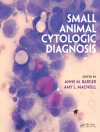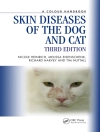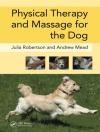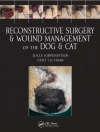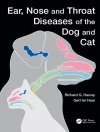The field of pain research is rapidly expanding in both human and veterinary medicine, and has helped increase our understanding of acupuncture. However, many are still highly sceptical about the use of acupuncture and prefer for it to remain far from orthodox veterinary practice.
This book seeks to challenge common misgivings by showing how veterinary acupuncture works (for small and large animals), and why it should be established as an orthodox form of treatment.
Written from a Western approach, rather than a traditional Chinese Medicine approach, it explains the background and history of acupuncture and includes key information on safety aspects, understanding pain and how acupuncture can help, practical aspects such as types of needles and methods of restraint, and related techniques.
Not intended as a techniques manual, this book is a preparatory text for those considering taking an acupuncture course and those wishing to gain a solid understanding of the subject.
Daftar Isi
Dedications.
Preface.
About the authors.
Introduction.
PART ONE.
1. Modern veterinary acupuncture.
2. An historical perspective.
3. Acupuncture – what is it and how does it work?
4. Acupuncture – does it work?
PART TWO.
5. The use of acupuncture for acute and chronic pain.
6. The use of acupuncture for muscoskeletal pain.
7. Principles of point selection.
8. Acupuncture for the treatment of visceral pain and dysfunction.
9. Acupuncture for the treatment of non-painful conditions.
PART THREE.
10. Practical aspects of acupuncture in the veterinary species.
11. Electroacupuncture and related techniques.
Index.
Tentang Penulis
Samantha Lindley works in acupuncture referrals and behavioural consultancy. She also teaches animal behaviour therapy at Glasgow University Veterinary School and has other teaching responsibilities at the vet school in Edinburgh.
Mike Cummings is currently employed by the British Medical Acupuncture Society, as Director of Education and Medical Director of their London Teaching Clinic.


